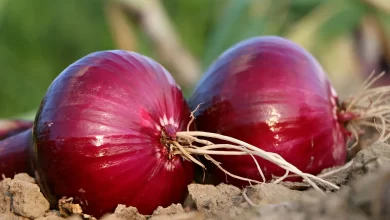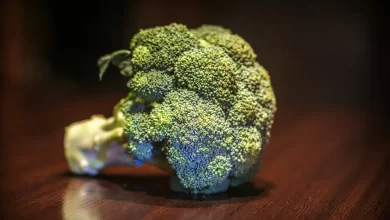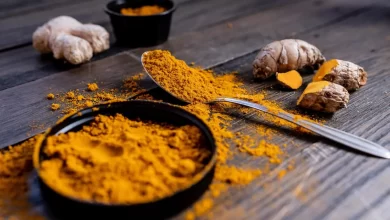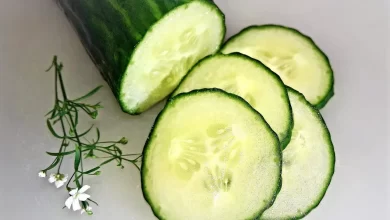Oats are a popular cereal grain that have been cultivated for thousands of years. They are a type of plant in the grass family and are primarily grown for their seeds, which are used for food, feed, and industrial purposes. Oats are a rich source of nutrients, including fiber, protein, vitamins, and minerals, and are often consumed as a hot breakfast cereal or used in baking.Oats are known for their many health benefits, which include improving digestive health, reducing cholesterol levels, and helping to control blood sugar. The fiber in oats is particularly beneficial for digestive health, as it helps to promote regular bowel movements and prevent constipation. Oats are a versatile ingredient and can be used in a variety of recipes, from cookies and granola bars to meatloaf and veggie burgers. They can be cooked as a hot cereal, used in smoothies or ground into flour for baking. So lets dive into the world of this useful grain “oats”.
- Oats have been cultivated for over 2,000 years and were first grown in the Fertile Crescent region of the Middle East.
- Oats were initially used as animal feed and were only later consumed by humans.
- Oats were brought to North America by European settlers in the 1600s and have been a popular crop in the region ever since.
- Oats are an excellent source of fiber, containing both soluble and insoluble fiber that can help to promote digestive health.
- Oats contain a type of fiber called beta-glucan, which has been shown to help lower cholesterol levels and reduce the risk of heart disease.
- Oats are also a good source of protein, containing all nine essential amino acids.
- Oats are gluten-free, but they are often processed in facilities that also process wheat and other gluten-containing grains, so cross-contamination is possible.
- Oats can be consumed in many forms, including as oatmeal, granola, muesli, and in baked goods like cookies and bread.
- Oats are a popular ingredient in livestock feed and are often used to feed horses, cattle, and poultry.
- Oats are a cool-season crop and are typically planted in the fall for harvest the following year.
- Oats are a sustainable crop, as they require less fertilizer and pesticides than other grains and can be used as a cover crop to improve soil health.
- Oats are one of the most nutrient-dense grains, containing high levels of vitamins and minerals such as manganese, phosphorus, magnesium, and vitamin B1.
- Oats have a low glycemic index, which means they can help regulate blood sugar levels and may be beneficial for people with diabetes.
- Oats can be stored for long periods of time without spoiling, making them a great staple food for emergencies or times of scarcity.
- The largest producers of oats in the world are Russia, Canada, and the United States.
- Oats have been linked to a reduced risk of asthma in children, as well as a lower risk of developing breast cancer.
- The oat plant has been traditionally used in folk medicine to treat a variety of ailments, including skin conditions, digestive issues, and respiratory problems.
- Oats are often used as a natural remedy for insomnia, as they contain melatonin, a hormone that regulates sleep.
- Oats can be used to make a non-dairy milk alternative, known as oat milk, which has become increasingly popular in recent years.
- The Scottish dish, “porridge,” is made from oats and has been a staple breakfast food in Scotland for centuries.
Nutrition Facts of Oatmeal
Here are the nutritional profile in 1 cup (100 grams) of Oatmeal with Milk.
- Energy: 294kj(70kcal)
- Protien: 2.28g
- Carbohydrates: 12.69g
- Fat: 1.36g
- Cholesterol: 2mg
- Fibre: 1.3g
- Sodium: 83mg
- Potassium: 77mg






